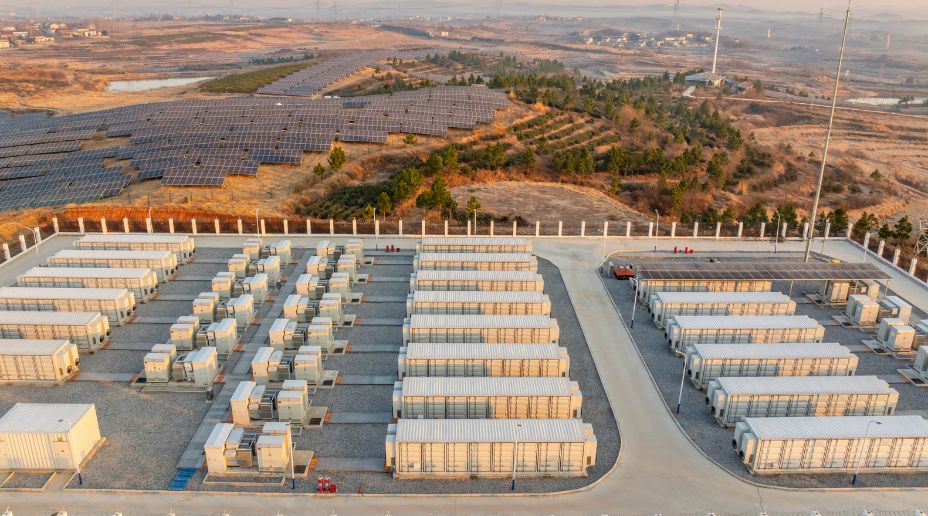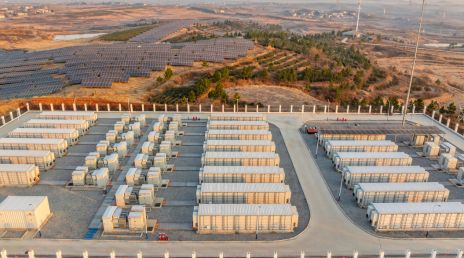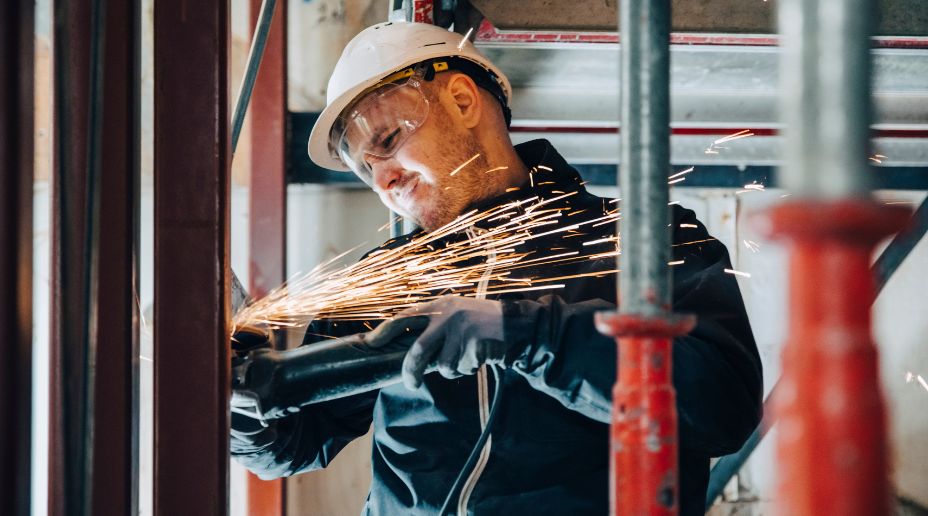Now there are concerns that silicosis could be the next mesothelioma. Silicosis is a long-term lung disease caused by exposure to respirable crystalline silica (RCS) which is a substance found in most rocks, sands and clays, products such as bricks and concrete, and as filler in some plastics. Debilitating and irreversible, it can lead to respiratory failure but also increases the risk of other serious conditions including lung cancer, heart failure and kidney disease.
Data from the Health and Safety Executive (HSE) shows the number of annual silicosis-related deaths in the UK to be relatively low, with around 10 to 20 deaths per year over the last decade.2 However, as the HSE maintains, the current available data sources for silicosis are ‘likely to substantially underestimate the annual incidence’ of this disease. There are concerns the scale of the problem is masked behind other conditions, with around 800 lung cancer deaths per year linked to past exposures to silica.3
The dangers of exposure to RCS are well known. The Control of Substances Hazardous to Health Regulations (COSHH) specify a workplace exposure limit (WEL) of 0.1mg/m³ averaged over eight hours.4
Respirable crystalline silica particles are produced during many work tasks, including sandblasting, mining, quarrying, brick cutting, foundry work, stone working, ceramic manufacture and construction activities.

































